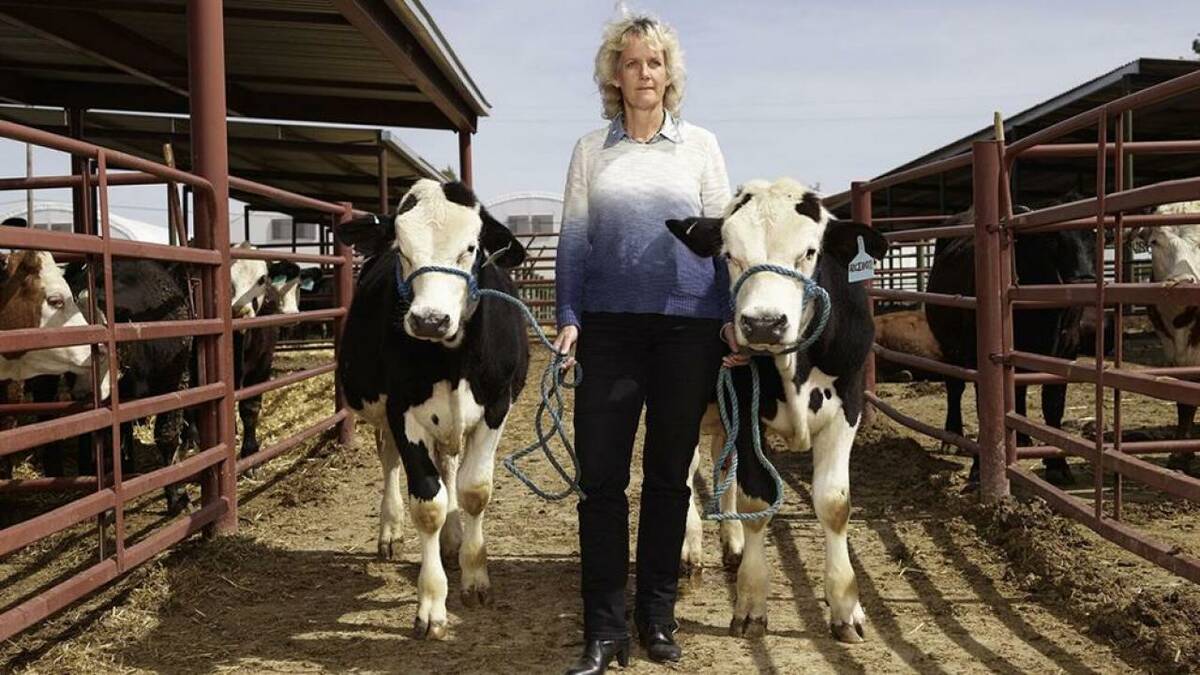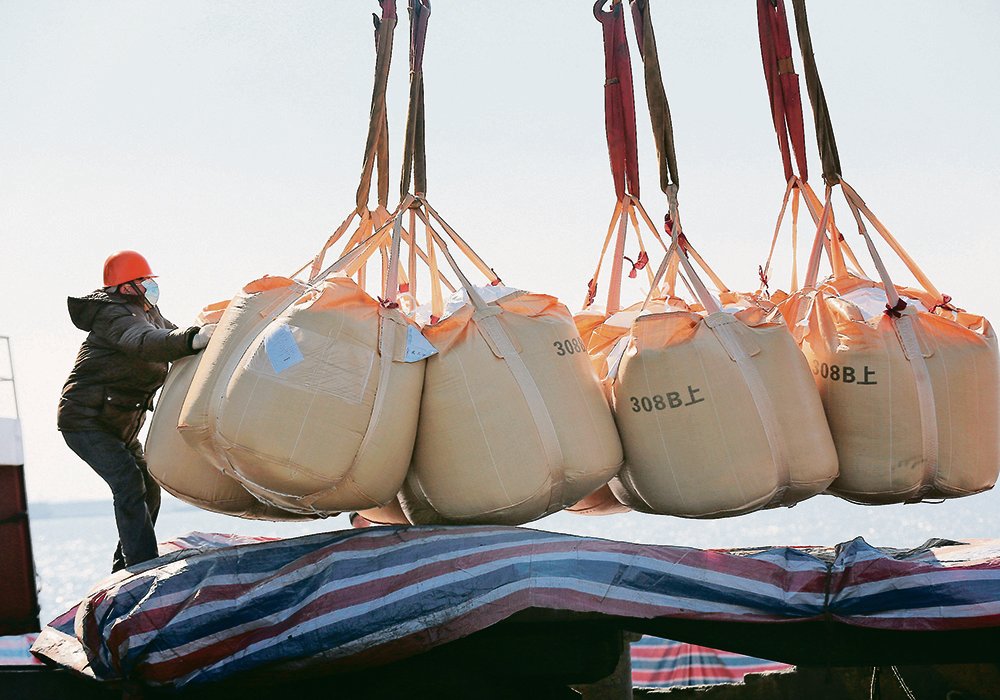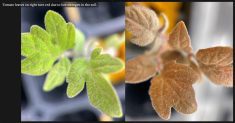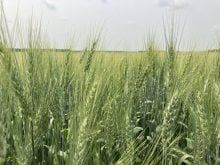China surprised phosphate fertilizer markets in July by extending its export restrictions through the end of 2022.
The restrictions that were first imposed in October 2021 were set to expire by the end of June.
Those original restrictions resulted in six Chinese manufacturers, with the capacity to produce 2.75 million tonnes per year, shutting down operations in December 2021 due to slumping demand for their product.
Read Also

Stacking Canada up on gene editing livestock
Canada may want to gauge how Argentina and other countries have approached gene editing in livestock and what that has meant for local innovation.
Another 880,000 tonnes of production were indefinitely shuttered between February and April of 2022, according to Tim Evans, phosphate analyst with Argus Media.
It was hoped all that production would come back online when the restrictions were lifted in June.
But instead, China announced that it is implementing a quota limiting total phosphate exports to 3.16 million tonnes for the second half of 2022, down from 5.5 million tonnes for the same period of 2021.
“Chinese policymakers appear set on restricting export volumes until domestic prices fall to more affordable levels,” Evans said during an Aug. 9 webinar hosted by Argus.
Argus estimates that 2.4 million tonnes of that quota will be diammonium phosphate (DAP) and the remaining 765,000 tonnes will be monoammonium phosphate (MAP).
China’s monthly average DAP exports will be down 40 percent compared to the three-year average, while MAP exports will fall by 46 percent.
Evans expects compliance with the export quotas will be “enforced stringently” because the Chinese government is determined to bring down domestic prices of the fertilizer.
He anticipates the quotas could be extended into 2023, reducing exports in the January through April period.
If that happens, China will likely export 4.48 million tonnes of DAP and 1.68 million tonnes of MAP that year.
Markets such as India, Bangladesh and Pakistan are eager to import phosphate.
The United States will import 900,000 tonnes of DAP in 2022, 23 percent below the three-year average, and 800,000 tonnes of MAP, 42 percent below average.
Farmers are scrimping on phosphate in favour of nitrogen in this high-price environment.
Canada is a big importer of MAP. It has purchased 900,000 tonnes this year and will likely end up buying 1.66 million tonnes by the end of 2022.
Argus is forecasting a trade deficit of DAP in August and September, which will shift to a surplus in October. The surplus will really ramp up in the last quarter of 2022 and the first two quarters of 2023.
“From October onwards we forecast a steady and big softening of DAP prices across the board as a surplus trade balance is established,” said Evans.
There will be a small trade deficit of MAP through the remainder of 2022 followed by significant surpluses in the first two quarters of 2023.
Evans expects MAP prices to drop through the remainder of 2022, but the price movements will not be as significant as DAP because the market is more balanced.
The MAP trade surplus will build in 2023 as Chinese exports start to normalize and new capacity comes on stream from other regions of the world.
Contact sean.pratt@producer.com
















